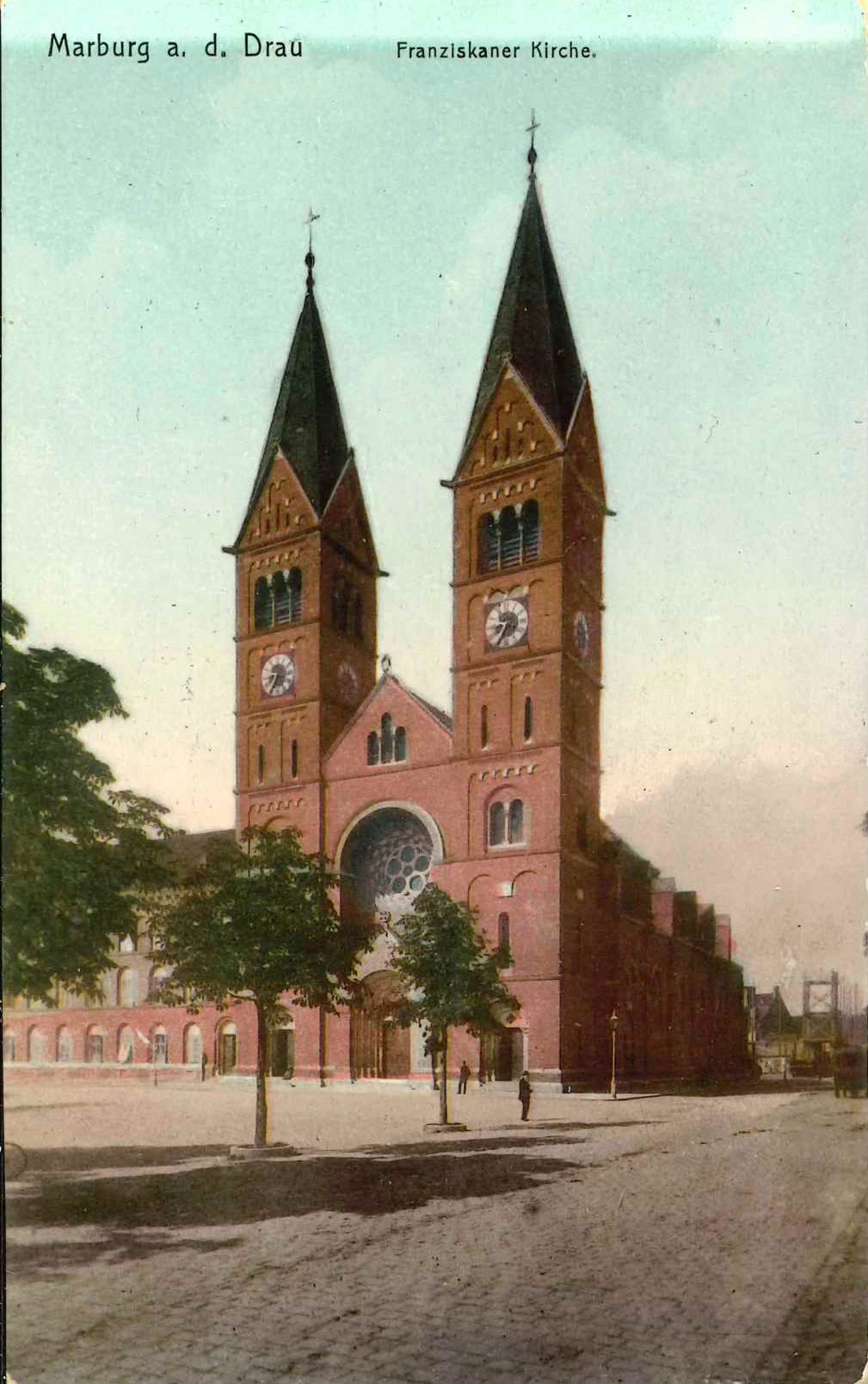Old Marburg an der Drau
A first stroll through a nice little gem on the banks of the Drava river in present-day Slovenia
After some twelve hours of travel from Bergen, I made it to my current abode in Maribor: two flights, airport bus transfer, a two-hour train ride, and, finally, a late-night 40-minute walk brought me to the hotel around 11 p.m.
I’ve actually enjoyed walking through the city centre late at night despite the travails of international travel, especially as many of the sights on the pre-WW1 postcards reproduced below are still there (there are also many more post-WW2 buildings of less renown, which I’ll show you in a second part).
Old Marburg
For those who wish to learn “more” about Marburg/Maribor, please consult the city’s official tourist portal or Wikipedia:
Maribor was first mentioned as a castle in 1164, as a settlement in 1209, and as a city in 1254. Like most Slovene ethnic territory, Maribor was under Habsburg rule until 1918, when Rudolf Maister and his men secured the city for the State of Slovenes, Croats and Serbs, which then joined the Kingdom of Serbia to form the Kingdom of Yugoslavia. In 1991 Maribor became part of independent Slovenia…
Maribor was attested in historical sources as Marpurch c. 1145 (and later as Marchburch, Marburc, and Marchpurch), and is a compound of Middle High German march 'march (borderland)' + burc 'fortress'. In modern times, the town's German name was Marburg an der Drau (pronounced [ˈmaʁbʊʁk ʔan deːɐ̯ ˈdʁaʊ̯]; literally, 'Marburg on the Drava').[3]
The Slovene name Maribor is an artificial Slovenized creation, coined by Stanko Vraz in 1836. Vraz created the name in the spirit of Illyrianism by analogy with the name Brandenburg (cf. Lower Sorbian Bramborska). Locally, the town was known in Slovene as Marprk or Marprog.[4] The name Maribor was accepted among Slovenes in 1861,[5] when Lovro Toman published a song named Mar i bor, giving the name a Slovene compound Mar ('to care') + i ('and') + bor ('to fight for').[6] In addition to its Slovene and German names, the city is also known as Marburgum in Latin and Marburgo in Italian.
Above, another view of the city centre, with the Reichsbrücke (which adorns the first image) barely visible in the far-right corner of this image. Below, the city’s main square:
Finally for this instalment, the imposing Franciscan Basilica of Our Mother of Mercy:
I’ll take you on a tour through the Yugoslav period—stay tuned!








I especially love the old bridges